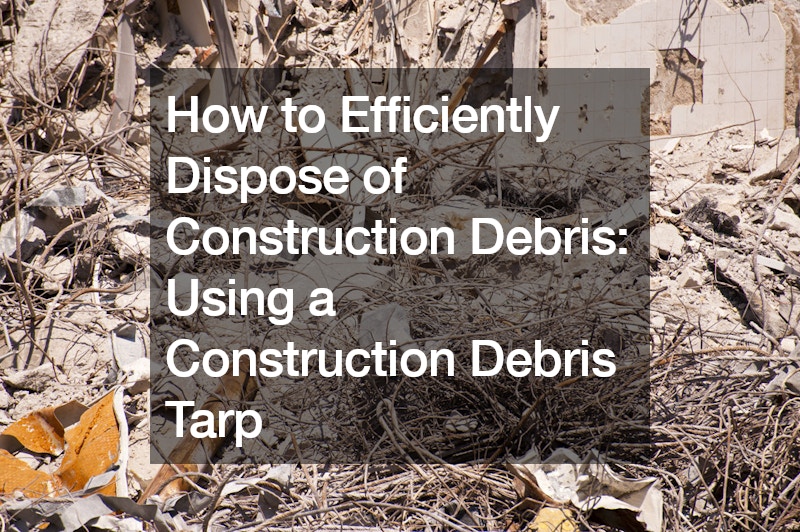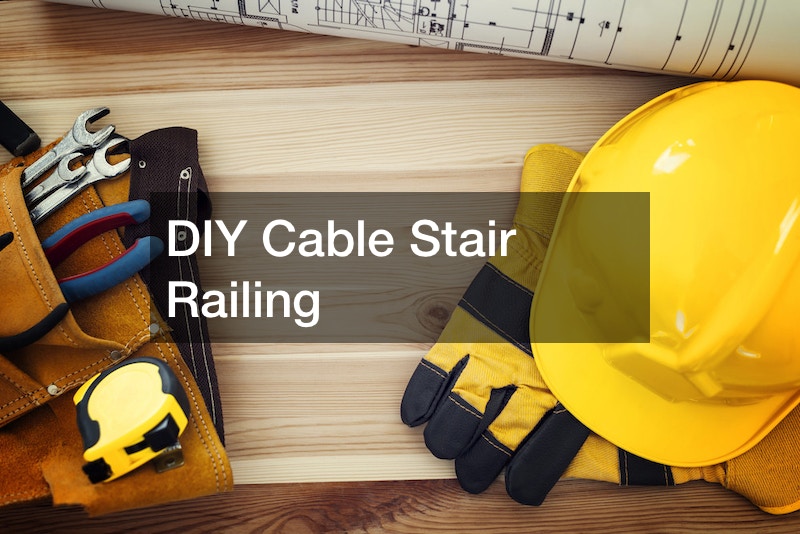
Demolition day! The walls are down, the dust is flying, and you’re left with a mountain of.well, debris. Concrete chunks, scrap wood, drywall remnants – it can feel overwhelming. But hold on to your hard hat, because before you start hauling everything to the landfill in a million trips, there’s a handy tool waiting to be your debris disposal hero: the construction debris tarp.
Why Use a Construction Debris Tarp?
Construction debris tarps are heavy-duty tarps specifically designed to handle the wear and tear of a construction site (US). They’re not your flimsy backyard picnic blanket – these tarps are woven from UV-protected, puncture-resistant materials that can handle heavy debris and various weather conditions.
Here’s why a construction debris tarp should be on your demolition day must-have list:
Efficiency is King: A good tarp acts as a giant, temporary collection zone for your debris. Simply toss everything onto the tarp, and voila! Instant waste pile containment. This eliminates the need for multiple trips to the dumpster, saving you time, sweat, and probably a few choice words.
Debris Containment Champion: Tarp it tight! A secure tarp ensures loose debris like nails, screws, or leftover insulation don’t become rogue hazards, littering your worksite or accidentally hitching a ride to someone else’s yard.
Protecting Your Project (and Your Neighbors): Construction debris can be an eyesore, not to mention a potential safety hazard for passersby. A tarp keeps the mess contained, preventing windblown debris from scattering and maintaining a more professional appearance for your project.
Easy Clean Up: Once the debris is collected, the real magic happens. Because everything’s neatly contained on the tarp, cleanup becomes a breeze. Simply gather the corners, drag it to the designated disposal area, and unpack it like a giant (and slightly dusty) gift bag.
Choosing the Right Construction Debris Tarp :
Not all tarps are created equal, especially when it comes to handling construction debris. Here are some key factors to consider when selecting your tarp:
Size Matters: Measure the anticipated debris pile to ensure the tarp is large enough to comfortably contain everything. Remember, you want some extra fabric for folding over the edges and securing the load.
Material Muscle: Opt for a heavy-duty tarp made from high-denier polyethylene or polypropylene. These materials offer superior puncture resistance and tear strength to handle even the sharpest debris.
Weatherproofing Wisdom: Look for a tarp treated with UV stabilizers to protect against sun damage and mildew growth. For particularly rainy or snowy regions, consider a tarp with a water-resistant coating to prevent accumulation.
Grommet Gang: Reinforced grommets along the edges of the tarp provide secure anchoring points. Use heavy-duty tie-down straps or ropes to secure the tarp to a fence, stakes driven into the ground, or even a nearby part of the structure you’re demolition (if safe to do so).
Tarp Teamwork: Tips and Tricks for Success
Double Up for Extra Tough Jobs: For particularly heavy or sharp debris, consider using two tarps layered on top of each other. This provides an extra layer of protection for your tarp and peace of mind for your worksite.
Folding is Key: Once you’re ready to dispose of the debris, fold the tarp inward as you go to minimize the chance of debris falling out. Think burrito technique for construction debris!
Label It Loud and Proud: Especially on larger worksites, clearly label your debris tarp to avoid confusion.Label It Loud and Proud (Continued): A simple sign indicating the contents (e.g., "Construction Debris – Wood Only") helps ensure proper sorting and disposal at the landfill or recycling facility.
Safety First: While tarps are great for containing debris, remember they can also become slippery surfaces. Wear proper footwear and be cautious when walking on a tarp laden with debris.
Mind the Wind: Heavy winds can turn your trusty tarp into a runaway debris kite. Secure the tarp extra tightly on windy days and consider taking down the tarp altogether if conditions become extreme.
Eco-Conscious Disposal: Many construction debris tarps are reusable. Once your project is complete, give the tarp a good cleaning and store it for future use. If the tarp is beyond salvaging, check with local recycling facilities to see if they accept construction debris tarps for responsible disposal.
Construction Debris Tarp: Beyond the Basics
Construction debris tarps are versatile tools that can serve a multitude of purposes on your project site :
Dust Control Champion: During demolition or drywall removal, use the tarp to create a temporary dust barrier, protecting unfinished areas and neighboring properties from construction dust.
Temporary Shelter: A well-secured tarp can offer temporary shelter from the elements for tools and materials during construction.
Underlayment All-Star: Use the tarp as a protective underlayment when painting floors or staining decks to catch drips and splatters.
The Takeaway: A Tarp for Every Job
A construction debris tarp is more than just a fancy sheet – it’s a time-saving, safety-enhancing, and multi-functional tool for any construction project . So next time you’re facing a mountain of debris, don’t reach for the endless bucket brigade. Invest in a quality construction debris tarp and watch your cleanup efficiency skyrocket! With a little planning and the right tools, demolition day can be a breeze, leaving you free to focus on the exciting part – building something new and amazing.Taming Debris Disasters: Frequently Asked Questions
Q: Where can I buy a construction debris tarp ?
Construction debris tarps can be found at most home improvement stores, hardware stores, and online retailers that cater to construction supplies.
Look for brands specializing in construction products to ensure you’re getting a tarp designed for the job.
Q: How much do construction debris tarps cost ?
The price of a construction debris tarp depends on size, material quality, and brand. Generally, expect to pay between $20 and $100 for a decent-sized and durable tarp.
Q: Can I rent a construction debris tarp ?
While less common than purchasing, some construction equipment rental companies might offer debris tarps as part of their inventory. It’s always worth checking with local rental companies to see if this option is available in your area.
Q: What are some alternatives to using a construction debris tarp ?
While not ideal, heavy-duty plastic sheeting can be used in a pinch. However, plastic sheeting is generally less durable and more prone to tearing than a dedicated construction debris tarp.
Another option is to use large reusable fabric bags designed for construction debris. These bags can be a good choice for lighter debris like drywall scraps or insulation.
Q: How can I dispose of debris once it’s collected in the tarp ?
Contact your local waste disposal company or visit their website to find out about construction debris disposal regulations in your area (US). Some materials may require special sorting or recycling facilities.
It’s always best to be informed about local disposal regulations before you start your project to avoid any surprises down the line.
Remember: By properly disposing of construction debris and recycling whenever possible, you’re doing your part to protect the environment .
Conclusion: Embrace the Tarp, Conquer Debris Disasters
So there you have it! A construction debris tarp is your secret weapon for efficient and hassle-free debris management on your next project (US). Remember, a little planning and the right tools can make a world of difference. So grab your tarp, tackle your demolition project with confidence, and get ready to transform that construction chaos into something truly magnificent. Happy building!
.





